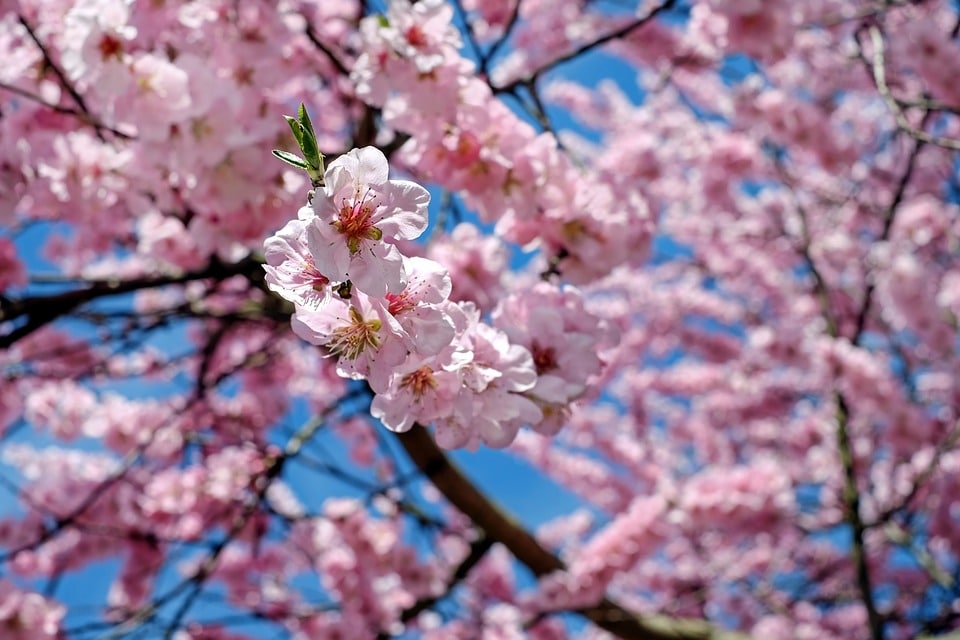
Japan is one of the countries that can most boast of vegetation: it is so varied that it has up to 4500 species of native plants, among which trees stand out. Some of them are well known in the West, such as the flowering cherry or the atropurpúrea maple, but there are many others that are interesting to know, especially if you want to enjoy a garden or a terrace designed in the Japanese style.
So without further ado, let's see 11 types of Japanese trees that can (and should) be grown outside all year round.
Maximowicz Birch
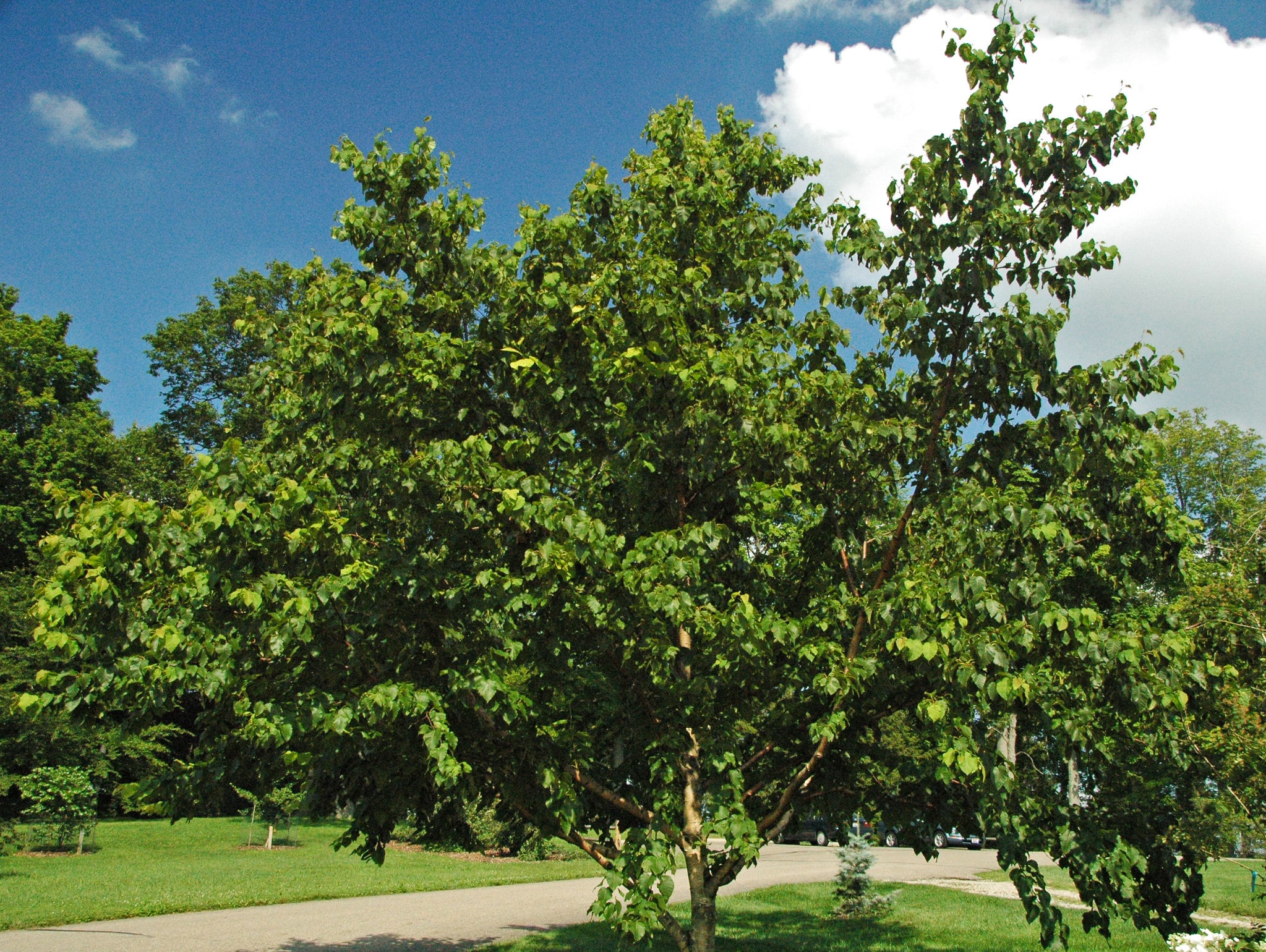
Image - Flickr / James St. John
The birch of Maximowicz, whose scientific name is Betula maximowicziana, is a deciduous tree native to the temperate forest of Japan. It develops alternate, ovate or heart-shaped leaves that turn golden yellow in autumn.
It can reach a height of 20 meters, and resists up to -18ºC.
Nikko Japanese Fir
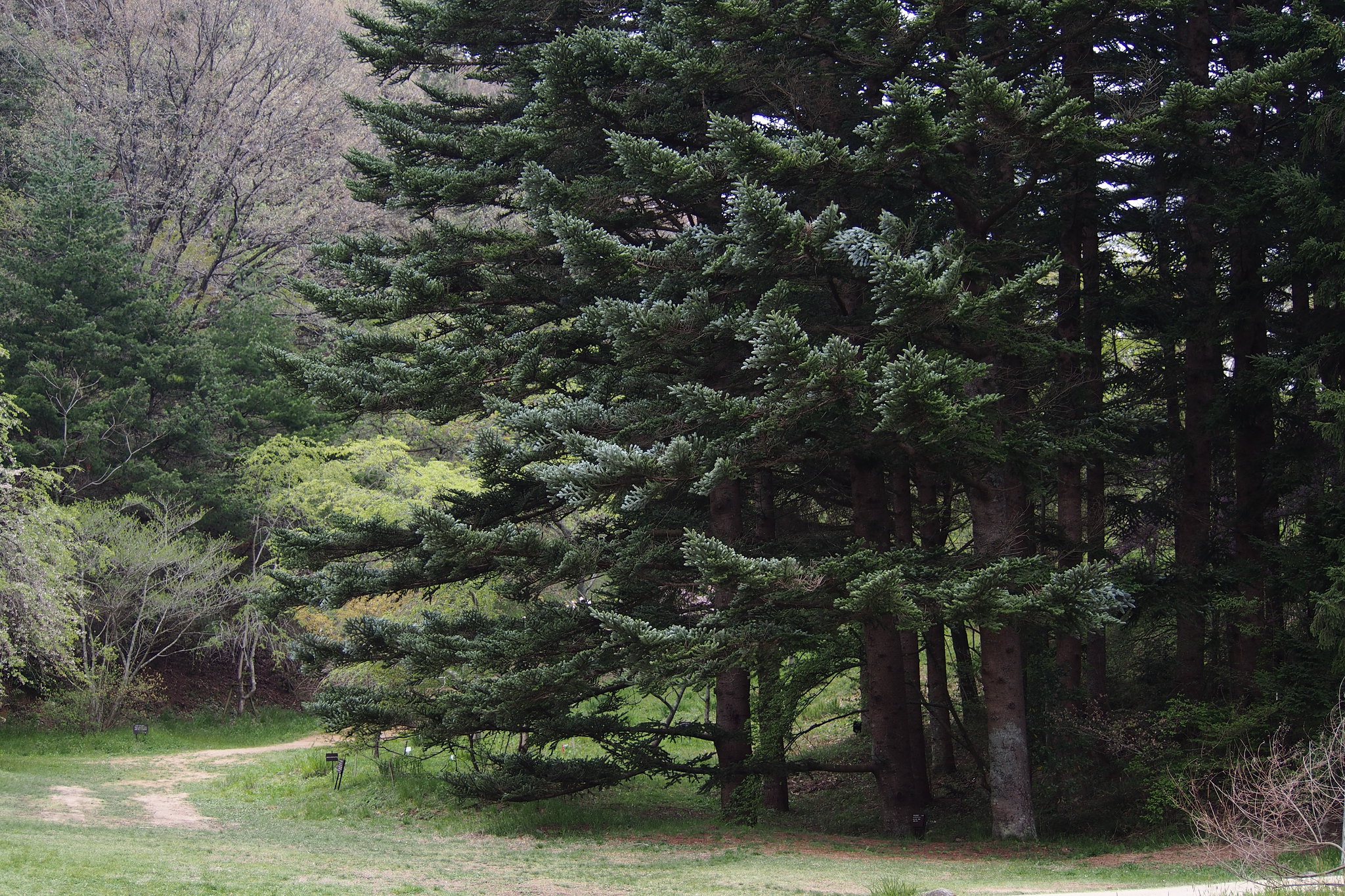
Image - Flickr / harum.koh
The Japanese Nikko fir, or the Nikko fir, whose scientific name is abies homolepis, is an evergreen conifer native to the temperate rainforests native to central and southern Honshu and Shikoku, in the Japanese country. The are acicular, green on the upper side and with two white bands on the underside.
Grows to a height of 30 to 40 meters, with a trunk up to 1,5 meters in diameter. Resists up to -20ºC.
Japanese maple
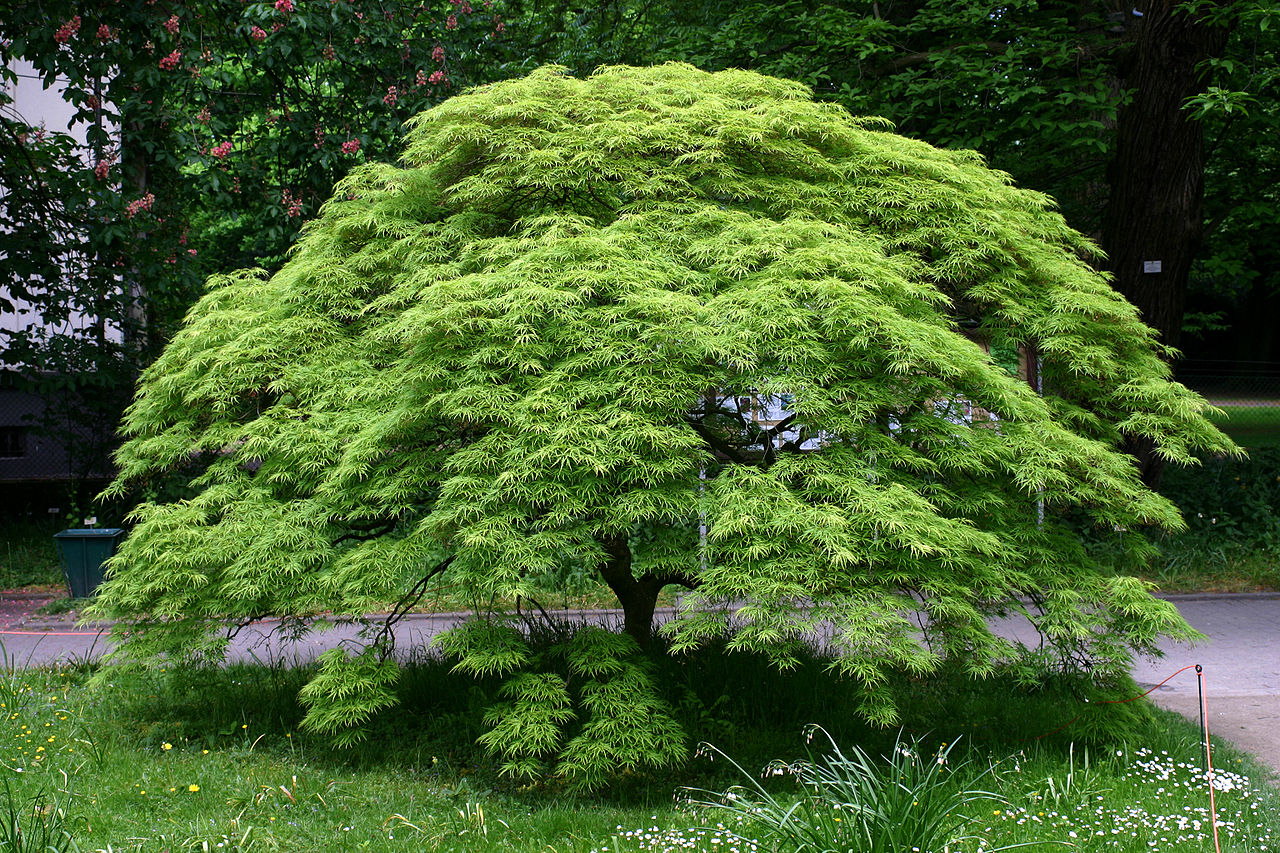
Image - Wikimedia / Rüdiger Wölk
El japanese maple, whose scientific name is Acer palmatum, is a species of deciduous trees and shrubs native to the temperate forests of the country. They develop palmate leaves, of different colors, although greenish and reddish tones predominate.
They can reach a height of between 2 and 13 meters, depending on the variety and cultivar. They resist frosts down to -18ºC.
Japan larch
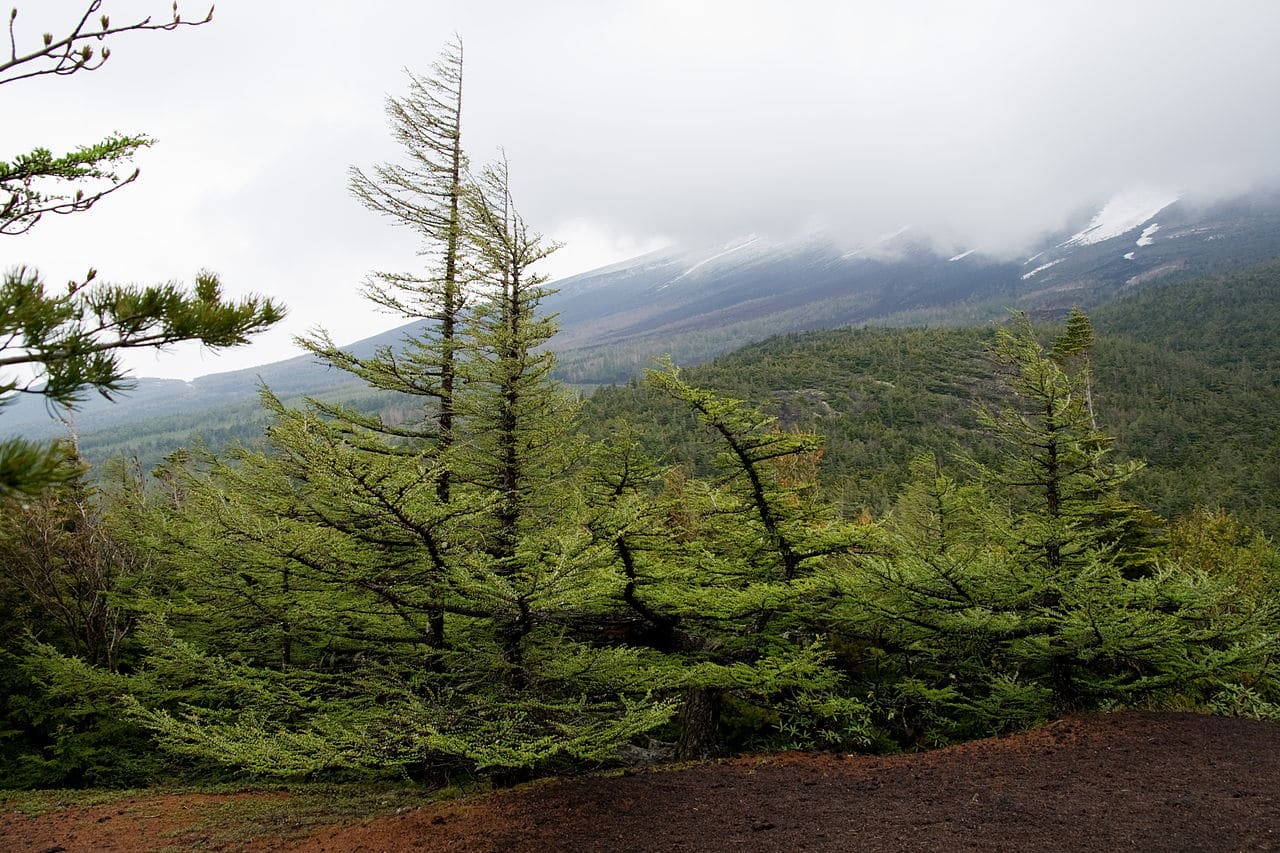
Image - Wikimedia / Σ64
The larch of Japan, whose scientific name is Larix kaempferi, is a deciduous conifer native to the temperate forests of Japan, specifically the mountains of central Honshū. Its leaves, called needles, are glaucous green, and are about 2-5cm long.
It grows to impressive heights, from 20 to 40 meters, with a trunk up to 1 meter in diameter. It resists frosts down to -18ºC.
Japanese alder

Image - Wikimedia / Σ64
The Japanese alder, whose scientific name is alnus japonicaIt is a tree native to Asia, specifically China, the Korean peninsula, Taiwan and of course Japan, where we will find it in the forests of Hokkaido, Honshu, Shikoku and the Ryukyu Islands. The leaves are oval, with a finely serrated margin, green in color.
Grows to a height of 25 to 30 meters, and it resists frosts down to -18ºC.
Japanese chestnut
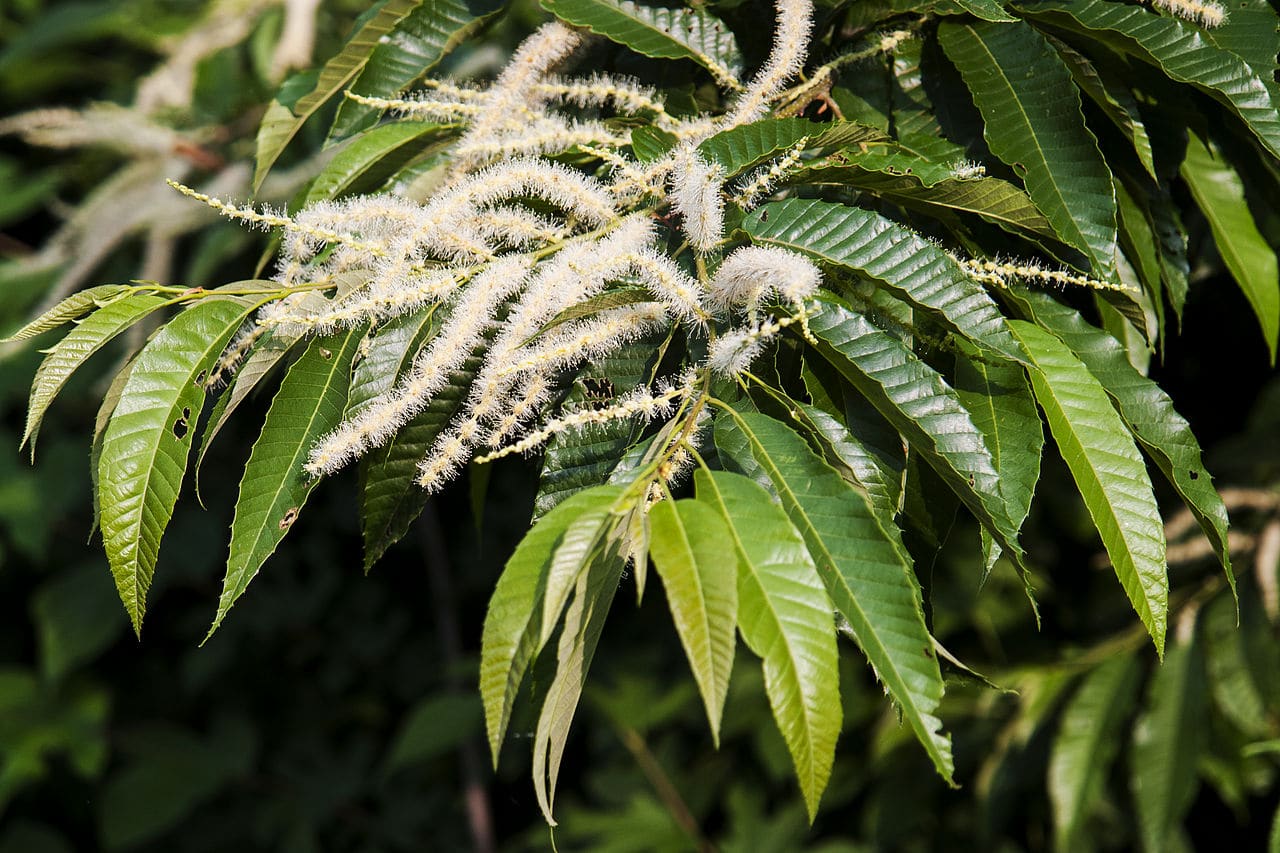
Image - Flickr / bastus917
The Japanese chestnut, whose scientific name is castanea crenata, is a deciduous tree native to Japan and South Korea, which has been introduced in Spain (north and center of the Iberian Peninsula). The leaves are oblong-lanceolate, green in color.
Reaches a height of 15 meters, and it is very resistant to cold as it supports up to -18ºC.
Japanese blossom cherry
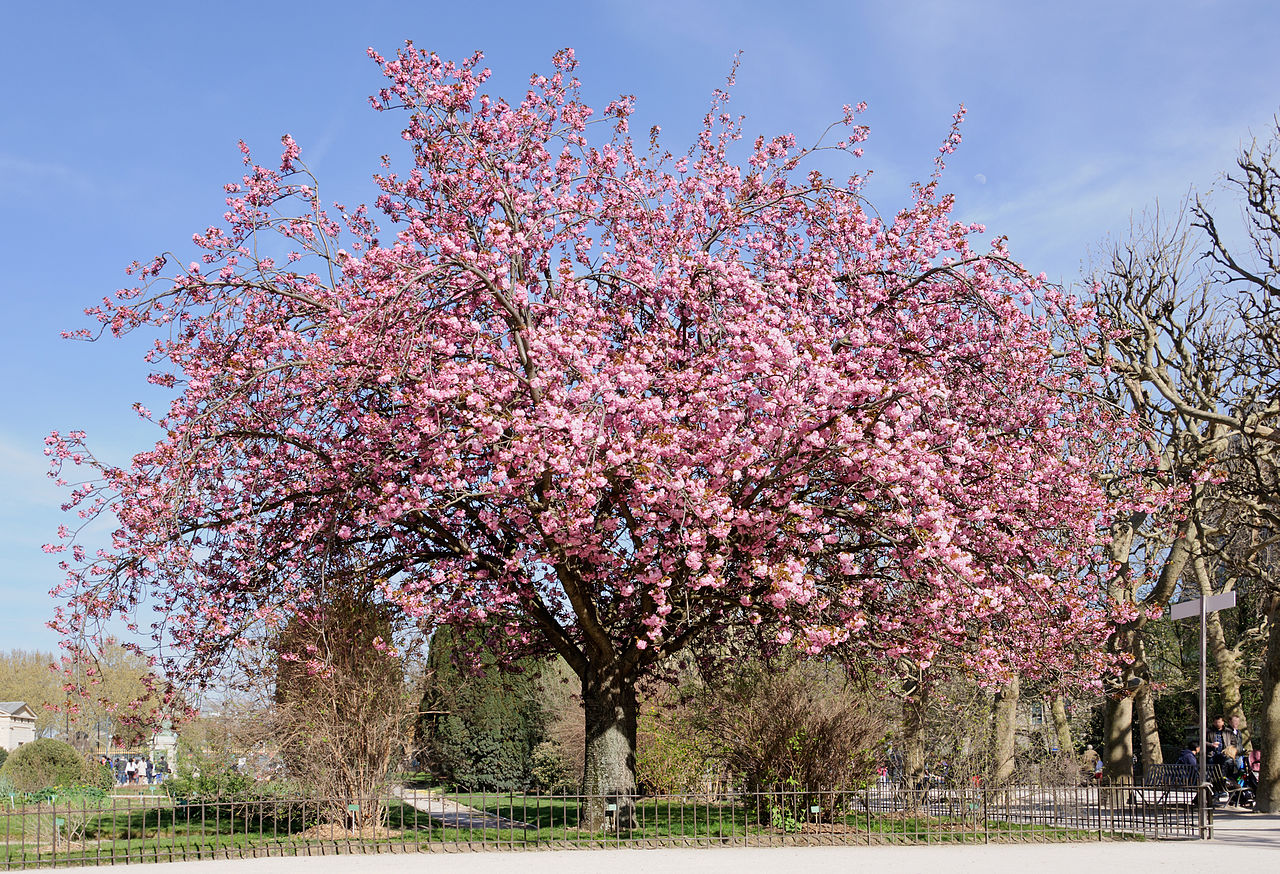
Image - Wikimedia / Myrabella
The Japanese blossom cherry, japan cherry or oriental cherry, whose scientific name is Prunus serrulata, is a deciduous tree native to Japan, Korea, and China. The leaves are ovate-lanceolate, with a serrated or double serrated edge, green in color except in autumn when they turn yellow, red or crimson.
Grows to a height of 8 to 20 meters, with a straight trunk up to 40-50cm in diameter. Resists up to -18ºC.
Japanese oak
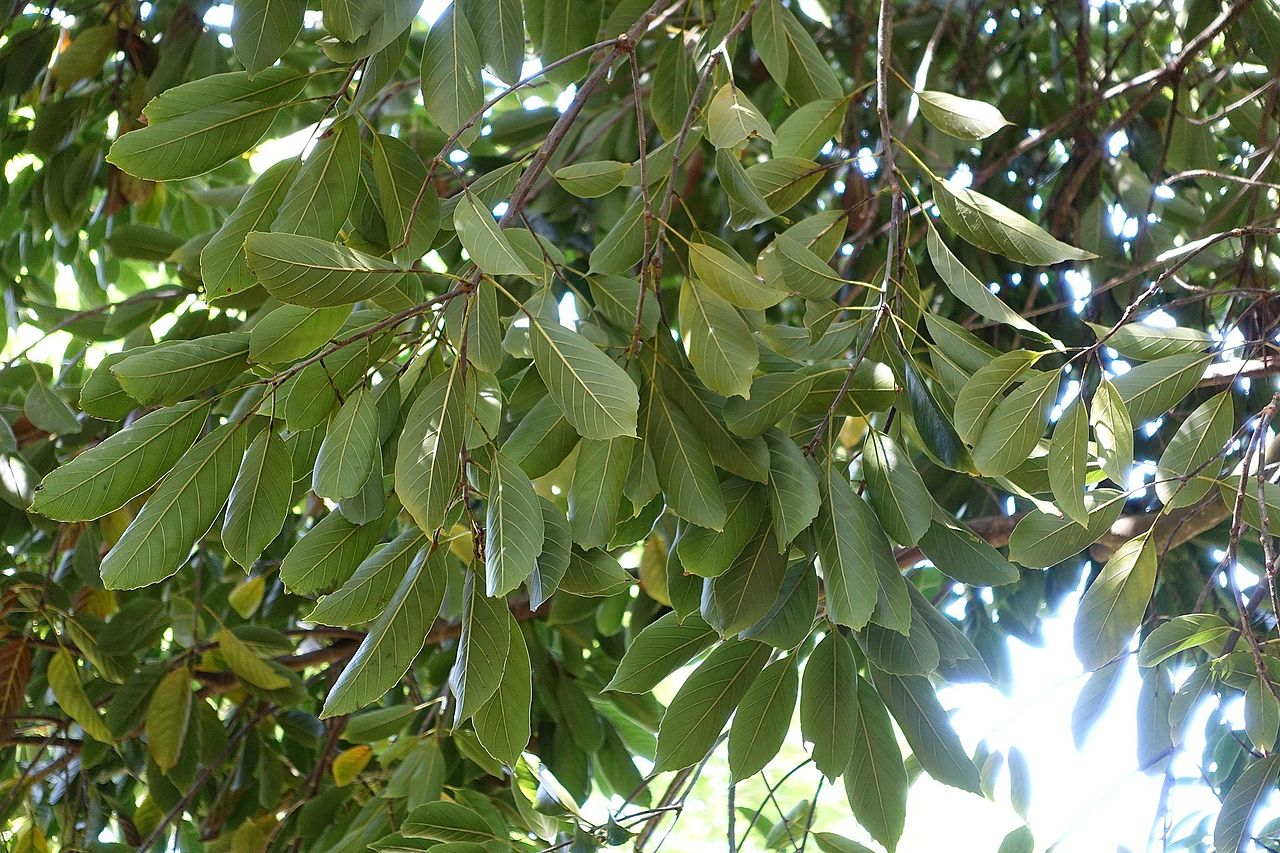
The Japanese oak or Japanese evergreen oak, whose scientific name is Quercus acuta, is an evergreen tree native to China, Taiwan, southern Korea, and Japan. The leaves are simple, alternate, oblong-ovate to lanceolate or elliptical in shape, glossy dark green on the upper surface and yellowish green on the underside.
It can reach a height of 10 to 20 meters, although sometimes it reaches 25 meters.
Beech from japan
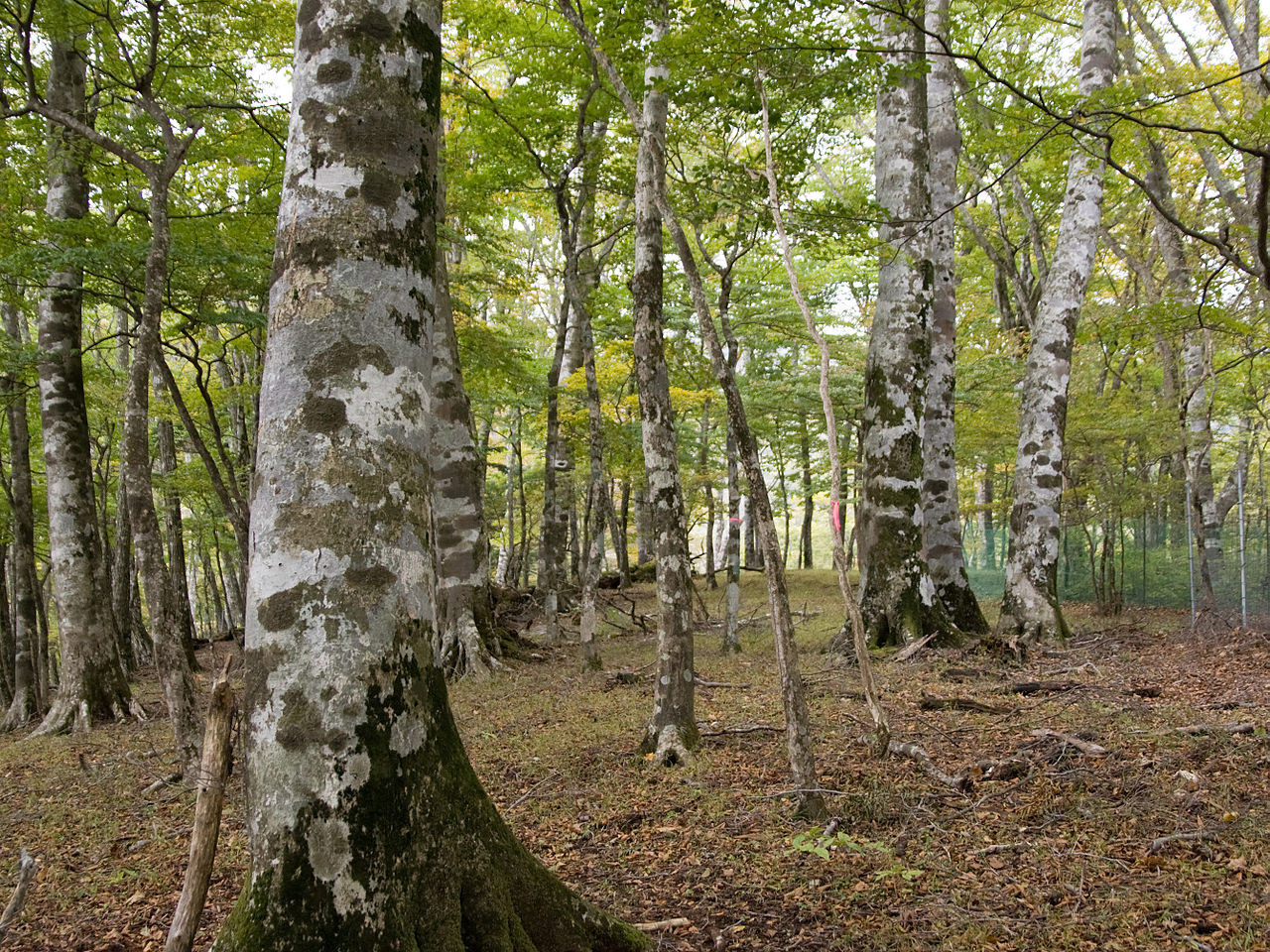
Image - Wikimedia / Σ64
The Japanese beech or Japanese beech, whose scientific name is fagus japonica, is a deciduous tree native to the boreal forests of Japan. The leaves are simple and alternate, green on the upper side and glabrous on the underside.
It grows up to 25 meters in height, and it resists without problems the intense frosts of until the -18ºC.
Chinese elm
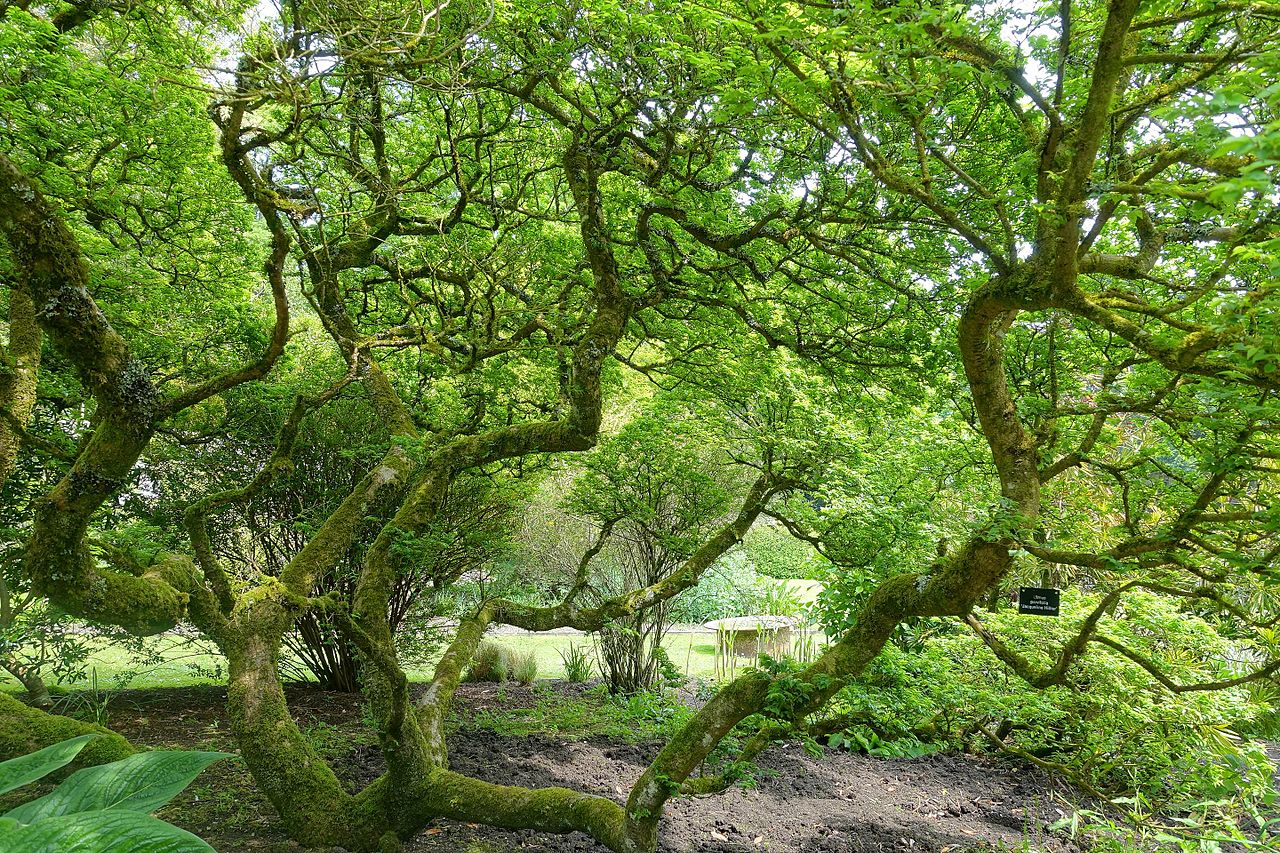
El chinese elm, whose scientific name is Ulmus parvifolia (although the previous one I had is still accepted, Zelkova parvifolia) is a deciduous or semi-evergreen tree native to the forests of Japan, but also of China, North Korea, South Korea and Vietnam. The leaves are small, simple and alternate, green in color except in autumn when they may turn yellowish, orange or reddish.
Grows to a maximum height of 20 meters, and it resists frosts down to -18ºC. It is one of the few Japanese trees that does well in the Mediterranean region, as long as the temperature drops below 0 degrees at some point.
Japanese spruce
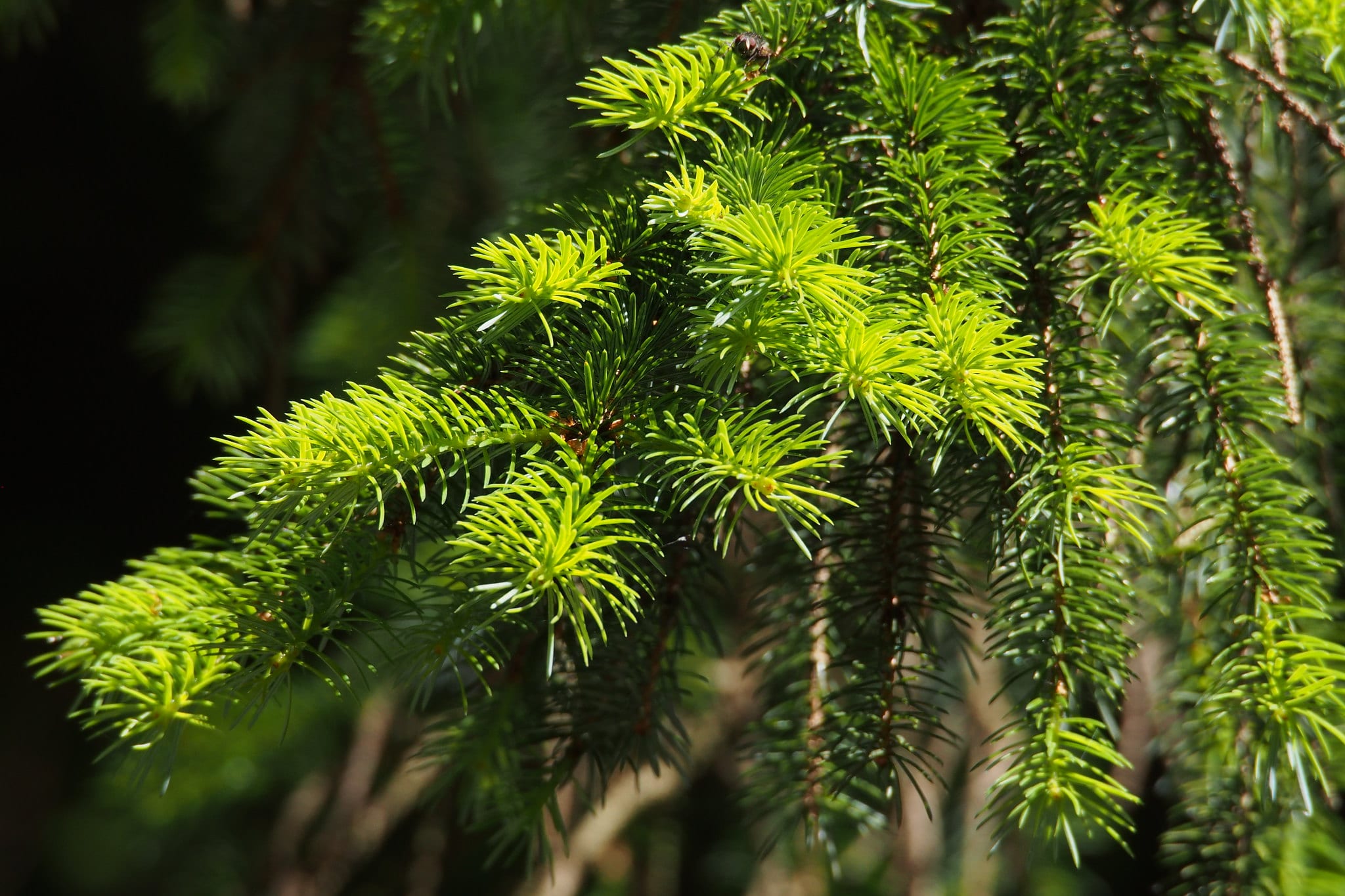
Image - Flickr / harum.koh
The Japanese spruce, whose scientific name is spruce jezoensis, is an evergreen conifer native to the humid but cold temperate forests of northeast Asia, including central Japan. The leaves are acicular, dark green on the upper surface and bluish-white to white on the underside.
Reaches a height of 30 to 50 meters, with a more or less straight trunk up to 2 meters in diameter. It resists frosts down to -20ºC.
What do you think of these Japanese trees? Did you know any? Without a doubt, the plants of Japan have a special beauty, so we hope that now it will be a bit easier for you to know which ones you can put in your garden or terrace.